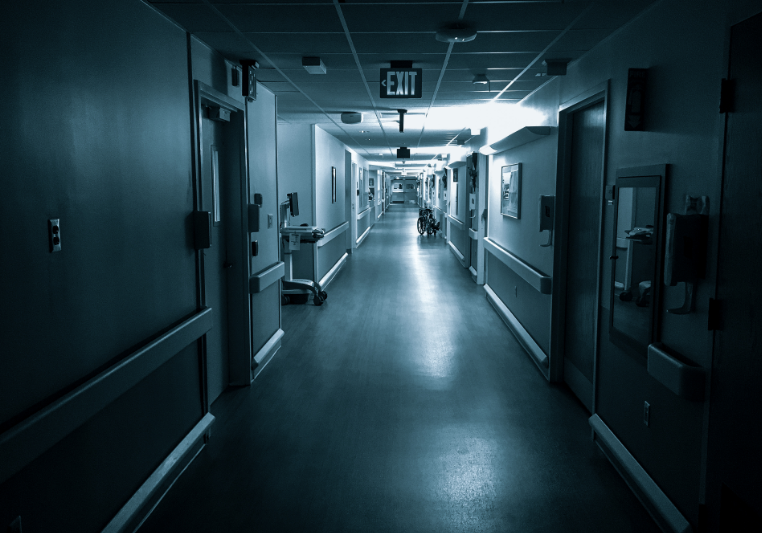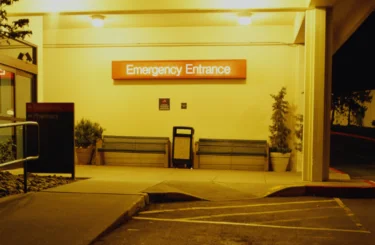
Declining Hospital Safety Ratings Mean Greater Risks for Michigan Patients
Hospitals are stressful places even when everything goes right. But that stress increases tenfold when things go wrong—especially when an easily preventable error is the cause.
According to recent studies, nearly 250,000 people die annually due to medical malpractice. However, since malpractice deaths aren’t always listed on death records, this number could be much higher.
Hospital safety ratings help patients make informed decisions about their care. They are compiled from public hospital data and track how likely a patient is to receive an injury or experience an accident at a particular facility. These details help hold hospitals accountable for their actions and protect patients from further harm. Patients without quality hospital options are at a much higher risk of malpractice injuries.
Unfortunately, the data is in for 2023, and Michigan hospitals are trending down.
Less Than 30% of Michigan Hospitals Receive Top Marks
This year, the Leapfrog Group—one of our nation’s leading hospital safety organizations—reported that Michigan hospitals were on the decline.
Leapfrog determines a hospital’s grade from the data it reports to various public agencies. This data is assessed and compiled bi-annually (spring and fall) and details essential critical points about how the hospital functions, including:
- The quality and frequency of staff communication.
- The organization of patient information and processing.
- The hospital’s hygiene policies.
- The method of delivering and tracking patient medications.
- The hospital’s leadership opportunities.
- The number of qualified nursing staff on hand.
- Whether or not it meets all licensing and staff requirements.
Leapfrog also tracks preventable medical errors, the number of accidents, injuries, and infections patients incurred at a hospital, as well as the rate of surgical complications.
Only 23 of Michigan’s 81 hospitals were good enough this year to receive an A rating—less than 30%. That’s 16 fewer than this spring; of that number, at least six hospitals fell from an A to a C rating.
Lower Rankings Mean Higher Malpractice Risks for Patients
A lower hospital rating means higher risks for patients. And with quality hospitals declining, Michigan patients face an increased likelihood of healthcare harm and malpractice injuries.
Medical malpractice is a type of personal injury law that occurs whenever a healthcare provider fails to meet a certain standard of care, and a patient is injured. Most of the time, malpractice is born from negligence—that is, an accidental oversight or mistake that most reasonable doctors wouldn’t make—however, it can sometimes be intentional.
Some of the most common hospital malpractice injuries include:
- Medication errors (dosage and amount).
- Misdiagnosis of an injury or illness.
- Delayed diagnosis.
- Failure to monitor an evolving condition.
- Birth injuries.
- Surgical errors and mistakes (such as leaving equipment inside a patient).
Depending on the seriousness, malpractice can cause life-altering harm to a patient and, in some cases, even death.
The good news is, compared to the rest of the country, Michigan is currently ranked 17th in the nation for best hospitals. The bad news is we’re still trending down, forcing Michigan patients to weigh the benefits of treatment against the risk of walking out with an unrelated, totally preventable injury.
Were You Injured at a Hospital With a Low Safety Ranking?
If you were injured at a Michigan hospital and have questions about how to file a medical malpractice claim, we want to hear from you. Contact Sommers Schwartz today for a free consultation, and let our team of highly experienced attorneys help defend your rights and interests during this critical process.
Muskan Ali
Muskan Ali represents plaintiffs in complex, life-altering medical and pharmaceutical malpractice claims, equal protection, and due process claims (1983 claims), as well as auto, premises, and product liability claims involving personal injury and wrongful death.





